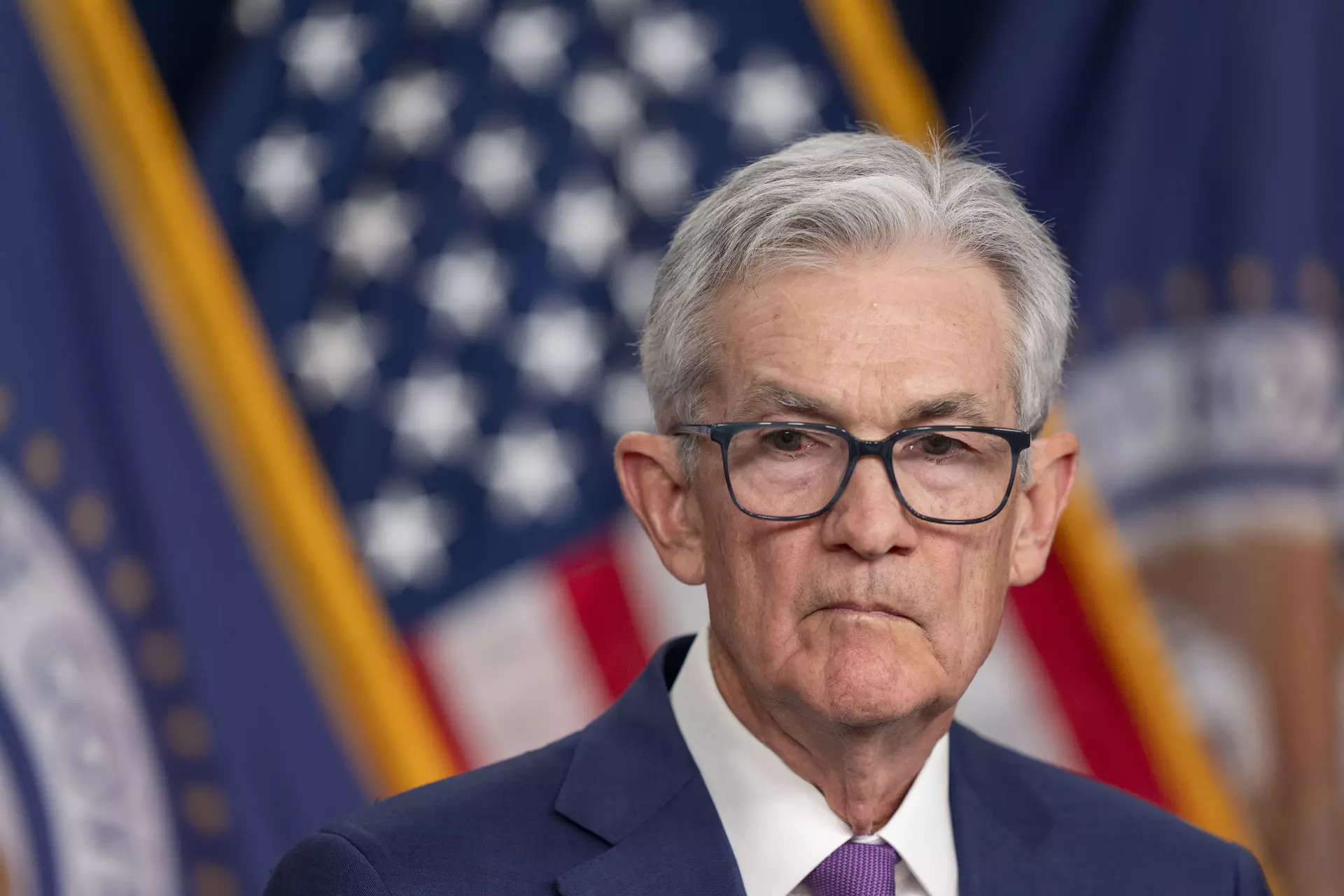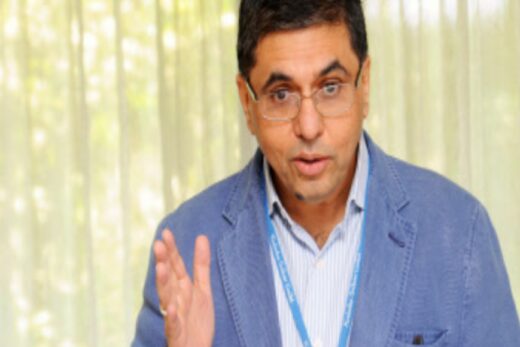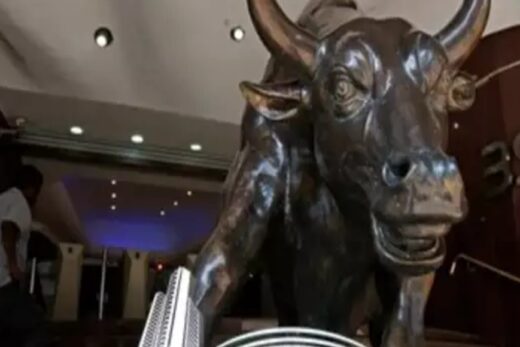“Recent readings on both job gains and inflation have come in higher than expected,” Powell said in remarks prepared for delivery at the Stanford Graduate School of Business. “Recent data do not, however, materially change the overall picture, which continues to be one of solid growth, a strong but rebalancing labor market, and inflation moving down toward 2% on a sometimes bumpy path.”
“Given the strength of the economy and progress on inflation so far, we have time to let the incoming data guide our decisions on policy,” Powell said, with decisions made “meeting by meeting.”
“If the economy evolves broadly as we expect,” Powell said, he and his Fed colleagues largely agree that a lower policy interest rate will be appropriate “at some point this year.”
But that will only happen once policymakers “have greater confidence that inflation is moving sustainably down” to the central bank’s 2% target, Powell said, also a repeat of language the Fed has adopted of late to reflect its effort to balance the risks of cutting interest rates before inflation is truly controlled with the risks of suppressing economic activity more than is needed.
Inflation, based on the Fed’s preferred measure, remains half a percentage point or more above the central bank’s target, and recent progress has been minimal. That has left some officials discounting the need for lower interest rates until near the end of this year. Investors still expect a first rate cut at the Fed’s June 11-12 policy meeting, though the odds of that have been drifting lower on the back of stronger data. The U.S. jobs report for March is due to be released on Friday, with new inflation data coming next week. It remains “too soon,” Powell said, to judge whether recent stronger-than-expected inflation is “more than just a bump.”
The Fed at a policy meeting last month held its benchmark overnight interest rate steady in the 5.25%-5.50% range, where it has been since July.
Powell also used his speech on Wednesday to offer an election-year reaffirmation of a politics-free approach to monetary policymaking – a stance he said is critical to getting monetary policy right.
The Fed is given independence in setting interest rates and other key policy decisions, but that “requires us to make our monetary policy decisions without consideration of short-term political matters … The record shows that independent central banks deliver better economic outcomes,” he said.
“We do so by carrying out our work with technical competence and objectivity, in a transparent and accountable manner, and by sticking to our knitting,” Powell added, an approach that also means the Fed must avoid “mission creep” and not involve itself in fiscal matters or issues like climate change.




